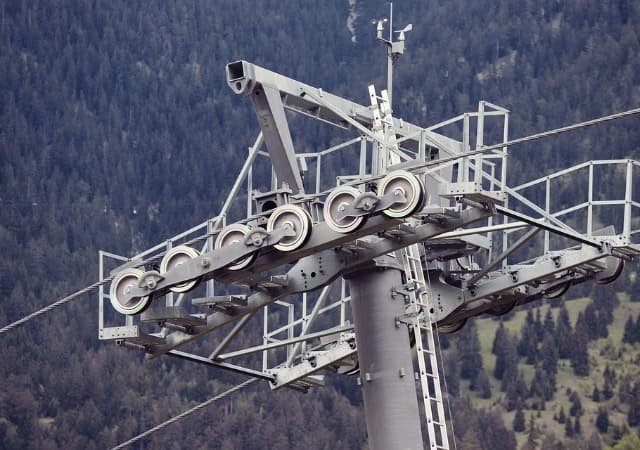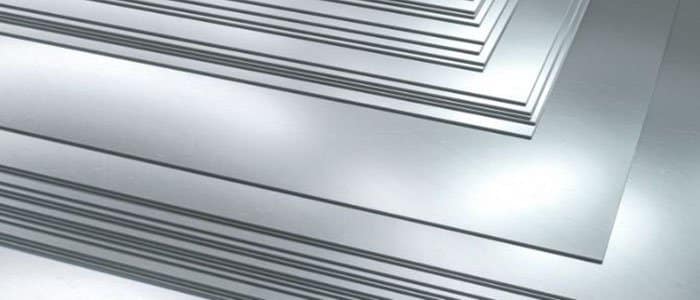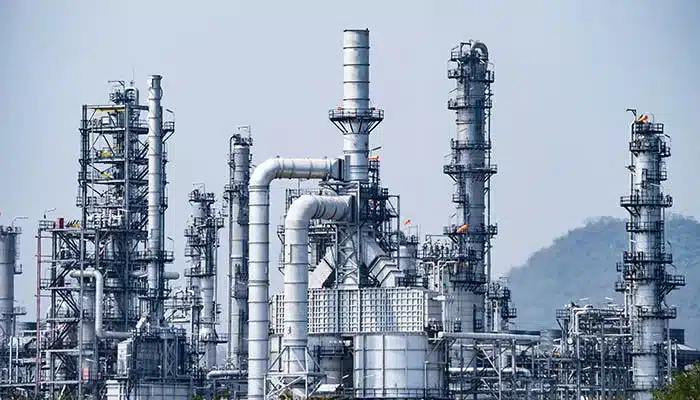Demanding applications in construction, marine, industrial, and architectural sectors require materials that combine exceptional strength, long-term durability, and corrosion resistance. Stainless steel wire rope is a top-tier solution that meets these stringent requirements with exceptional performance. This guide delves into the core characteristics of stainless steel wire rope, its diverse types, key applications, and important selection factors, helping you make informed decisions to ensure a safe, reliable, and durable project.
Strength: The Cornerstone of Engineering Resilience
The strength of stainless steel wire rope is one of its most fundamental advantages. It is precision-twisted from multiple strands of high-tensile stainless steel wire to form a monolithic structure capable of withstanding significant tensile loads. This structural design ensures the rope maintains its integrity even under heavy or dynamic loads.
- High Breaking Strength: Depending on the specification and grade, high-quality stainless steel wire rope can achieve a breaking strength of thousands of pounds or more, sufficient to meet the most demanding lifting, pulling, and supporting applications.
- Impact Resistance: Its structure provides excellent impact resistance, effectively absorbing sudden impact forces and reducing the risk of breakage.
- Balance of Flexibility and Strength: Despite its exceptional strength, the wire rope maintains the necessary flexibility for installation and use in complex routes without sacrificing load-bearing capacity.

Durability: Withstanding the ravages of time and the environment
The durability of stainless steel wire rope is key to its long-term reliability, particularly reflected in its exceptional corrosion resistance.
- Excellent Corrosion Resistance: This is the most significant advantage of stainless steel wire rope. Its composition (particularly those containing chromium, nickel, and even molybdenum) forms a dense, passive chromium oxide film on its surface when exposed to harsh environments such as moisture, salt spray, chemicals, and atmospheric pollutants. This film effectively prevents rust and corrosion, significantly extending its service life and significantly reducing maintenance costs and replacement frequency. 316 stainless steel is particularly suitable for highly corrosive environments such as marine and chemical applications.
- Fatigue Resistance: In applications subject to cyclical loads (such as elevators, hoists, and certain lifting equipment), stainless steel wire rope exhibits excellent fatigue resistance. Its structural design helps distribute stress, reducing fatigue damage at wire bends and extending service life. Wear Resistance: While not as good as some specialty alloys, high-quality stainless steel wire rope offers good wear resistance, especially when used with appropriate pulleys, fairleads, and accessories to withstand the wear and tear of normal use.
- Low Maintenance: Due to its corrosion and fatigue resistance, stainless steel wire rope generally requires less maintenance inspection and lubrication than standard carbon steel wire rope, making it particularly suitable for locations with difficult access or high maintenance costs.
Wide Applications: A Ubiquitous Engineering Solution
The superior performance of stainless steel wire rope makes it an indispensable material in numerous industries:
- Architectural and Structural Engineering: Used in suspension systems, curtain wall supports, roof structures, pedestrian bridges, awnings, and temporary support structures. Its strength and weather resistance ensure long-term structural safety and aesthetics.
- Marine and Marine Applications: Mooring chains, lifting ropes, towing ropes, outriggers, mooring lines, and fishing gear. 316 stainless steel wire rope is an ideal choice for resisting seawater corrosion. Industrial and Manufacturing: Lifting equipment (bridge and gantry cranes), conveyor systems, traction equipment, safety guardrails, fencing, protective netting, and mechanical connectors. Its strength and reliability are fundamental to safe industrial operations.
- Transportation and Logistics: Ropeway systems, cable cars, elevator ropes, lifting platforms, and logistics conveyor systems require high safety and long-term stability.
- Landscaping and Outdoor Furniture: Outdoor furniture supports, garden decorations, climbing equipment, guardrails, and awning structures. Its weather resistance and aesthetics make it an excellent choice for outdoor applications.
- Food and Medical: Under specific cleanliness requirements, its easy-to-clean and non-contaminating properties make it suitable for food processing equipment, medical devices, and certain cleanroom applications (requiring the appropriate grade and surface treatment).
Key Considerations for Selecting Stainless Steel Wire Rope
Choosing the right stainless steel wire rope is crucial to ensuring safety and performance:
- Application Environment: This is the primary consideration. Is the application indoors, outdoors, in a marine environment, in a chemical environment, or in a high-humidity environment? This will determine the required stainless steel grade (e.g., 304, 316, 316L). Load Requirements: What static and dynamic loads will need to be supported? Calculate the required minimum breaking strength (MBL) and safe working load (SWL).
- Size and Construction: Select the appropriate wire rope diameter (mm or inches) and construction (e.g., 6×7, 6×19, 6×37, etc.). Construction influences flexibility, fatigue resistance, and wear resistance.
- End Fittings: Ensure that high-quality end fittings (e.g., rigging eyes, ferrules, crimping tubes, wedge sleeves, etc.) are compatible with the wire rope type and size. Incompatible fittings can significantly reduce performance and safety.
- Standards and Regulations: Follow relevant industry standards and safety regulations (e.g., ISO, ASTM, DIN, EN, etc.).
Conclusion
Stainless steel wire rope has become an indispensable material in modern engineering due to its unparalleled strength, excellent durability (especially corrosion resistance), and wide applicability. Whether it’s industrial equipment bearing heavy loads, offshore structures exposed to harsh environments, or construction applications requiring long-term reliability, stainless steel wire ropes provide the toughness and durability you need. By understanding their core properties, application scenarios, and selection criteria, you can choose the most appropriate solution for your project, ensuring safety, reliability, and longevity.
__________________________________________________________________________________________________
Looking for superior stainless steel wire rope solutions?
As a professional steel supplier, Daxun Alloy understands the precise material performance requirements of different applications. Our team of experts deeply understands the nuances of stainless steel wire rope and can help you select the ideal wire rope that optimizes strength, durability, and longevity based on your specific project needs.




